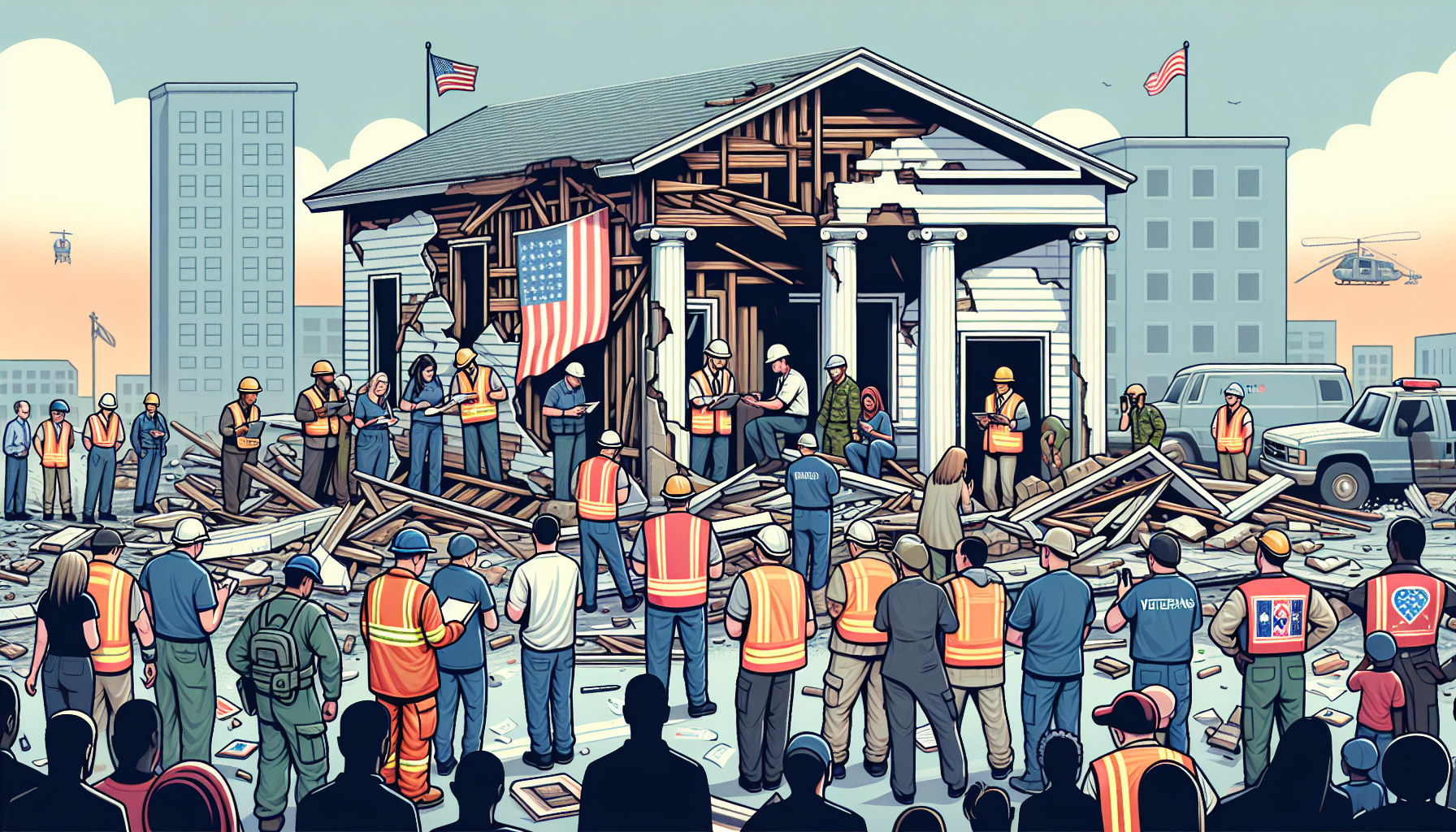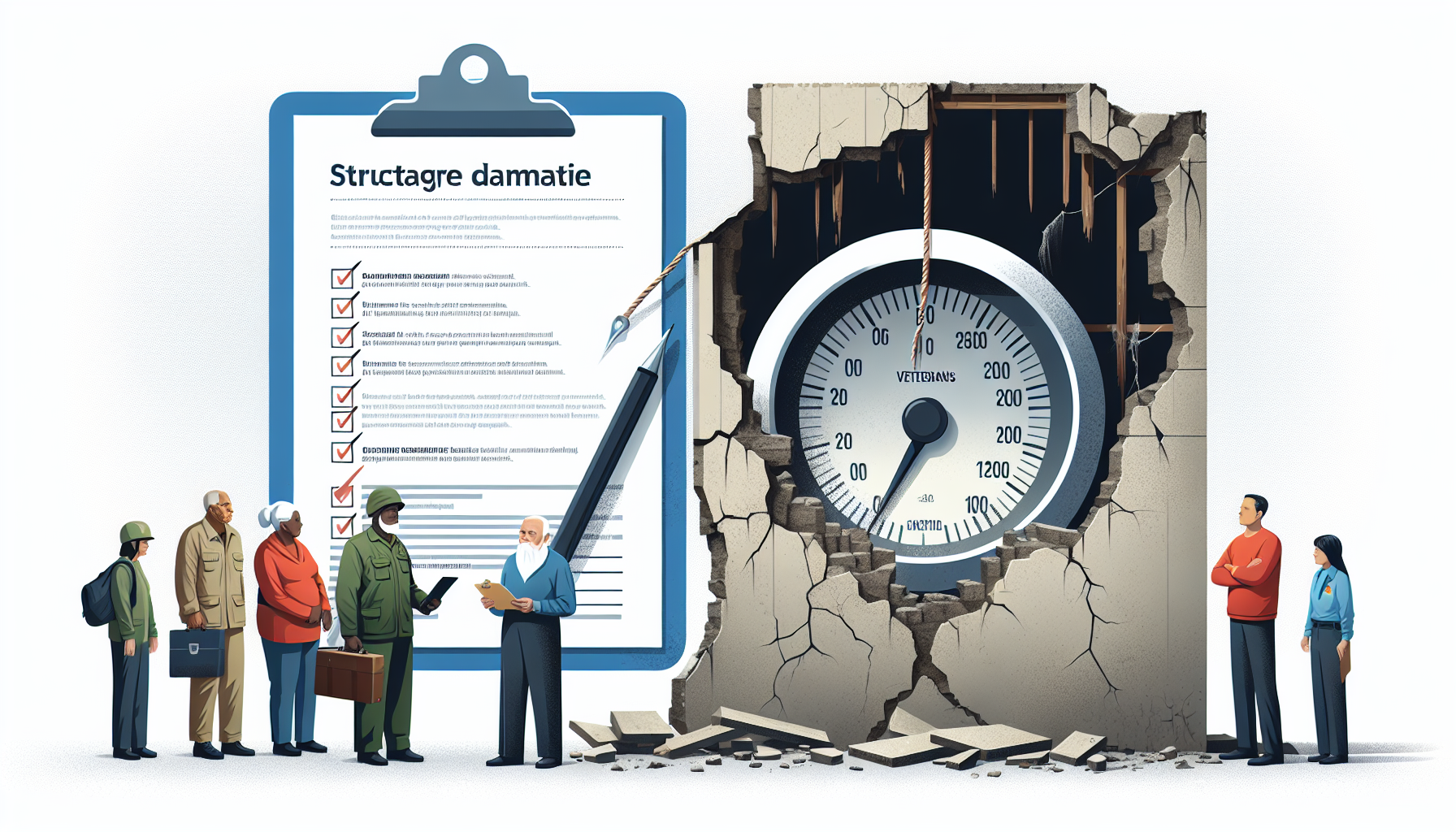Definition
Damage assessment in military operations refers to the process of determining the extent of destruction or harm caused to installations, facilities, or units due to enemy action or natural disasters. It involves quantifying the physical damage and evaluating the impact on operational capability. The information collected can assist leaders in making decisions about resource allocation and recovery efforts.
Key Takeaways
- Damage Assessment, in a military operational context, is the process of determining and evaluating the effects of attacks or other incidents on military objects, facilities, or operations. It provides crucial information for decision-making, course of action, and future missions.
- It consists of three main types: Physical Damage Assessment, Functional Damage Assessment, and Target System Assessment. These assessments help in understanding the level of destruction, the impact on functionality, and the effects on associated system operations in a comprehensive manner respectively.
- The accuracy, immediate action, and efficient execution of Damage Assessment is critical to strategic and tactical situational awareness, and it greatly assists in the swift recovery, continuity of operations, and planning for potential consequential actions.
Importance
Damage assessment in military operations is crucial as it provides critical information about the effectiveness and impact of a particular operation or an implemented strategic plan.
This involves not just evaluating physical damages caused by a military action, but also gauging human casualties, environmental effects, and the psychological impact on the society.
The gathered data from the assessment aids in making informed decisions about the adjustment or continuance of tactics and strategies.
It also helps in the efficient allocation of resources, recovery plans, and the mitigation of future potential threats.
Therefore, damage assessment plays a vital role in ensuring successful military operations while minimizing collateral damage.
Explanation
Damage assessment, within the context of military operations, serves a critical purpose in evaluating the effectiveness and impact of a military action or event. This comprehensive analysis is designed to quantify the physical harm or destruction inflicted upon an target, whether it’s an infrastructure, personnel, or a strategic asset.
The core aim is to understand the degree of success of a military operation, gauge the remaining enemy capability, and consequently, devise suitable strategies for future military action. Moreover, damage assessment serves the dual purpose of not only appraising the degree of enemy impairment but also assessing the potential collateral damage inflicted on civilian populations or infrastructure.
Collecting, processing, and analyzing this information enables the military to make more informed tactical decisions and adapt their strategies, whether it involves reconsidering target validity, adjusting attack execution or amending the choice of weaponry. Ultimately, damage assessment is crucial for maintaining the balance between successful military operations and upholding the ethical obligations to minimize civilian harm.
Examples of Damage assessment
Operation Desert Storm, Gulf War: After the coalition forces led by the United States launched an extensive bombing campaign on Iraq in 1991, a critical damage assessment was conducted. This involved evaluating the effectiveness of the bombings, identifying the extent of damage inflicted on Iraq’s military infrastructure, and establishing the number of casualties or damage to civilian areas, if any.
Operation Enduring Freedom, Afghanistan: Following the U.S-led invasion of Afghanistan in 2001, damage assessment operations were conducted to understand the impact and effectiveness of the military strategy. This included identifying how much of the Taliban’s operational capabilities had been disabled, evaluating the level of inflicted damage on al-Qaeda’s structure, and determining any unintended damage to civilian properties or loss of life.
The airstrikes against ISIS, Syria and Iraq: In the mid-2010s, the United States and its allies conducted numerous airstrikes against ISIS. After each operation, a damage assessment was conducted to identify how many ISIS militants were killed, which specific resources or assets of theirs were destroyed, and what sort of impact these operations made on their overall operational capabilities. On some occasions, damage assessments also evaluated if these strikes led to any unintended civilian casualties or property damage.
FAQ for Damage Assessment in Military Operations
What is damage assessment in military operations?
Damage assessment in military operations refers to the process of evaluating and assessing the physical damage or impact caused by any military operation. It includes assessing the damage of enemy’s capabilities, civilian damages, infrastructural damages, and environmental damages.
Who conducts the damage assessment?
The damage assessment is usually conducted by a specialized unit or team in the military. It might also include individuals from intelligence or operational planning units. The team can also include members from other departments, depending on the complexity of the operation.
Why is damage assessment important in military operations?
Damage assessment is critical in military operations as it helps to understand the effectiveness of the operations conducted. It provides critical feedback for commanders and planners, helping them to adjust strategies or tactics as needed. Moreover, it allows for a better understanding of the humanitarian and environmental impact of an operation, enabling better decision-making in future operations.
What factors are considered in damage assessment?
In a damage assessment, a wide range of factors are considered. This may include the type of operation conducted, the extent and type of damage, the impact on the enemy’s capabilities, the effect on civilians and infrastructure, and the environmental fallout. The assessment may also consider how the operation impacted the overall strategic objectives.
How long does a damage assessment take?
The length of time required to complete a damage assessment can vary depending on the scale and complexity of the military operation. It might take anywhere from a few hours to several days or even weeks. The process requires careful investigation and analysis, which can be time-consuming.
Related Military Operation Terms
- Property Evaluation
- Disaster Impact Analysis
- Structural Damage Inspection
- Compensation Claim Process
- Rehabilitation Costs Estimation
Sources for More Information
- United States Geological Survey: This governmental organization provides in-depth resources and research regarding various types of damage assessment, including for military operations.
- The Department of Homeland Security: DHS maintains information on various aspects of homeland security and military affairs, including damage assessment.
- U.S. Department of Defense: As the governing body of U.S. military operations, the DoD has significant resources regarding damage assessment in military operations.
- Federation of American Scientists: This source provides detail about military terminology and operations, including damage assessment in its Security section.
 Benefits.com Advisors
Benefits.com Advisors
With expertise spanning local, state, and federal benefit programs, our team is dedicated to guiding individuals towards the perfect program tailored to their unique circumstances.
Rise to the top with Peak Benefits!
Join our Peak Benefits Newsletter for the latest news, resources, and offers on all things government benefits.



























